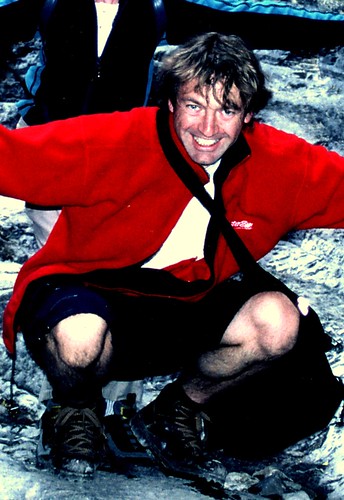
Conspiracy theories tend to get made by taking facts and reflecting on them.
So do films.
Hence, 1977's Capricorn One takes the facts of the abandoned moon landing programmes and adds a bit of movie magic to the idea. But not too much. That might damage the film's believability.
A space mission to Mars develops a problem which threatens to escalate into the cancellation of the project's funding. Reasoning that in this case fictional TV is a lot more practical to produce than factual TV, project director Kelloway opts to just shoot the whole thing on Earth… with hilarious consequences!
The facts of the moon missions are reproduced here with faithfulness. The crowds around the TV sets. The framing up of that first footstep onto the planetoid's surface. The famous slow-motion. That the real life lunar landing footage matched cinematic expectations of it so well makes these sequences feel even more perfectly executed. I guess it helps that NASA's programming today is still full of technology that looks like the 1970s.
Anyway, after all that research, then we get the reflection of the movie world creeping in. The government erasing whistleblowers from society without any thought as to what becomes of their neighbours' memories. This process is passed over for the central reporter character, who is instead fired at by someone who then inexplicably runs away. The chopper / plane chase at the end is tense, gripping stuff, complete with firey explosions, but mercifully no orchestra going too far fantasising it up.
Though the film drags in the desert escape scenes, this is a strong ensemble drama. The characters are repeatedly portrayed as struggling with their motivations. Kelloway gets an enormous monologue explaining the political reason behind the hoax, which actor Hal Holbrook pulls off with the presence of a one-man show. Elsewhere Elliot Gould get several snappy duologues, proving once again that all of these people are individuals with brains, and attitudes.
Some of the editing it a bit keen, such as when Caulfield first visits Kay Brubaker and there's a jump-cut mid-conversation. However the 124-minute running time gives this story real room to breathe, from all its multiple perspectives.
With both facts stated clearly and reflection executed so well, Capricorn One both makes its case and satisfies its remit to entertain, whether or not the viewer can distinguish between them.
Alas, just as the manned moon landing series was discontinued, neither was there ever a Capricorn Two.
(available here)


 :)
:)

 Brett
Brett Random Dave
Random Dave Scottish Dave
Scottish Dave Frank
Frank Greg
Greg Herschel
Herschel Jacob
Jacob Jean
Jean Joe
Joe Jonathan
Jonathan Melissa
Melissa Melva
Melva Paul
Paul The Reynolds
The Reynolds Rhett
Rhett Sara
Sara Sarah
Sarah Tim
Tim My church
My church
0 comment(s):
Post a Comment
<< Back to Steve's home page